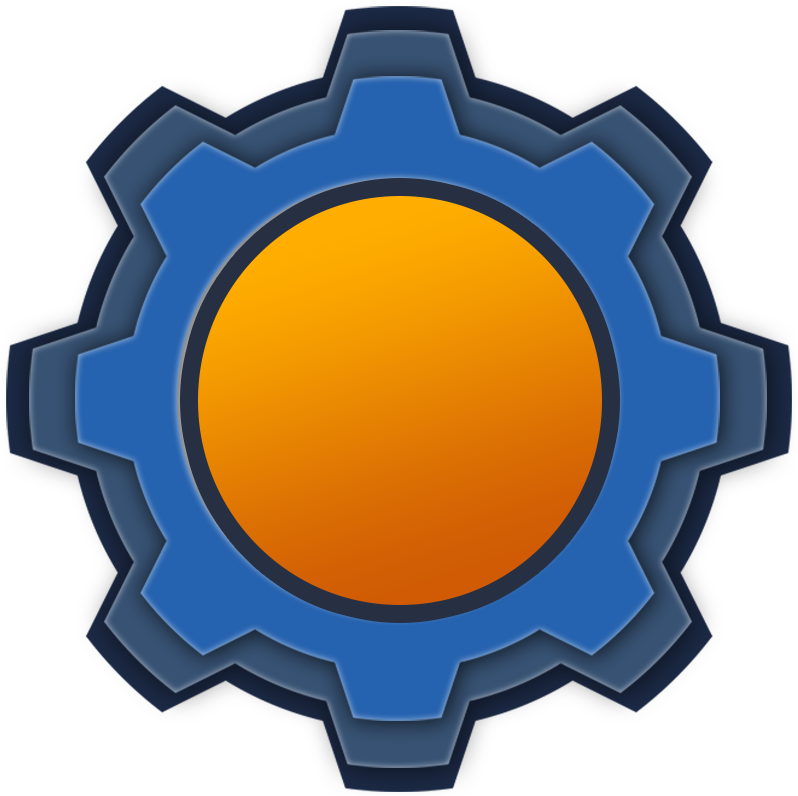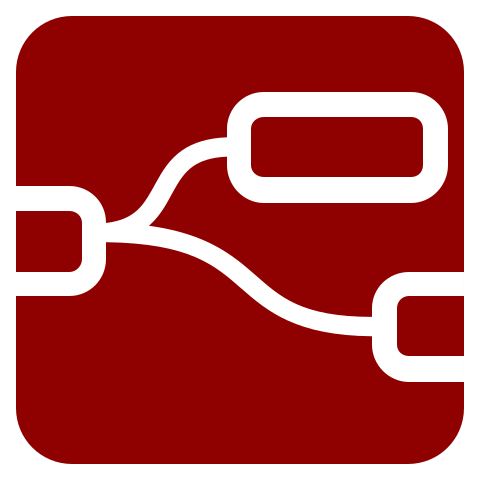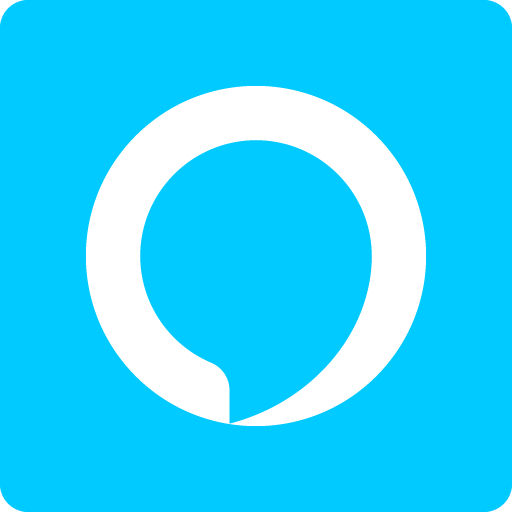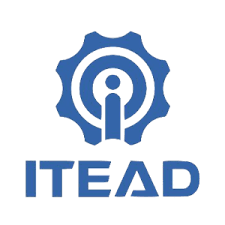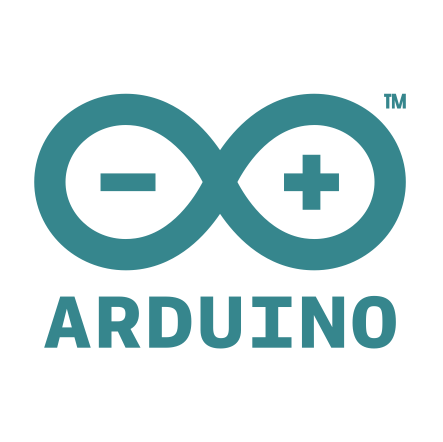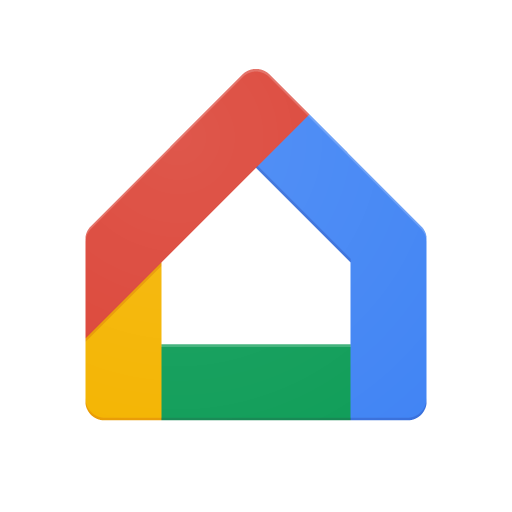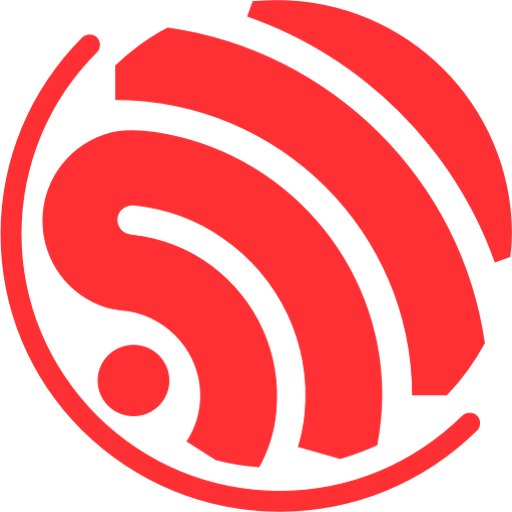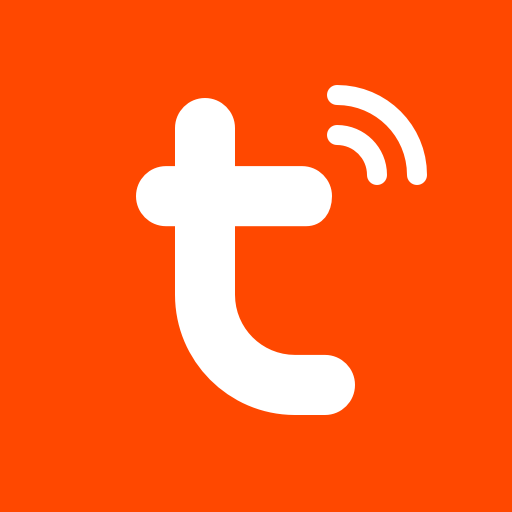I didn’t know about the latest Sonoff coordinators until they appeared at my doorstep one day. I usually get a decent heads-up, but this time around, the delivery of Sonoff Dongle Max and Sonoff Dongle MG24 came as a surprise. After being impressed with SM-Light coordinators, I’m pleased to see a rather well-packaged competition from ITEAD. This wasn’t the only surprise, as the arrival of the new ZigBee coordinator made me try ZigBee2MQTT from scratch once again!
And oh boy, things have changed!
Great first impressions

ITEAD’s design and packaging game has been strong for a while now. Their releases look more polished, and more attention is paid to presentation. Both ZigBee dongles feel premium, which wasn’t exactly the case with their previous releases. It’s a step in the right direction, as long as Sonoff products remain affordable.
Speaking of pricing, here ITEAD is asking:
While I won’t question pricing for the Dongle Max, the MG24’s price is on the steeper end. The previous Sonoff ZB Dongle (which is still in use in my home automation) was EFR32MG21-based and was priced almost $15 less. I didn’t know how to feel about that price difference at first, but once I ran my tests, the price of the Sonoff Dongle MG24 became more justified.
Sonoff Dongle MG24 (Dongle-PMG24)

As the name suggests, this is an updated version of the original Sonoff USB Dongle. It’s narrower, which won’t obstruct other ports, and the antenna is slightly longer, offering up to 4.5dBi for stronger signal strength and wider coverage. It comes with a USB-A 1m extension cable to remove possible crosstalk with WiFi when used with a WiFi-enabled Raspberry Pi board..
The biggest change, however, is on the inside, as the Sonoff Dongle MG24 is equipped with an EFR32MG24 microcontroller capable of supporting ZigBee and Thread (Matter) protocols. I tried to pry the device open to peek inside, but it’s sealed shut, and I don’t think there is much benefit to doing so, as the firmware can be easily flashed using a new web interface. It’s nice to see an addon for Home Assistant too!
Sonoff Dongle MG24 promises out-of-the-box support for Home Assistant (ZHA) and ZigBee2MQTT for NodeRED (and similar) automations. The only downside is the price. Considering the small difference in price and the substantial difference in features, it’s hard to resist the temptation of upgrading to Sonoff Dongle Max.
Sonoff Dongle Max (Dongle-M)


It’s hard to call it a dongle, as Sonoff Dongle Max looks like a stand-alone router. The device comes with dual antennas (a dedicated WiFi and ZigBee/Thread antennas), USB-C, and a PoE-enabled Ethernet port for wired installation. It features a single button, and the box contains, USB-C cable, some fittings and a clip-on bracket to wall mount the coordinator.
Just like the other model, Sonoff Dongle Max is capable of ZigBee and Thread (Matter), and works with Home Assistant (ZHA) and ZigBee2MQTT out of the box. What sets the Max version apart are extra features. For this, we have to take a look at the web interface, just like the SM-Light coordinator, Sonoff Dongle Max comes with an ESP32-based web server to set it up.
Maxed out!

Inside the device, there are two microcontrollers: EFR32MG24 and ESP32-D0WDR2-V3. Looking at the spec sheet, I expected a web-based interface to update and configure the dongle, but Sonoff Dongle Max truly takes it to the next level by offering more than just a coordinator! It bridges together the following protocols:
- ZigBee 3.0 Router and Coordinator
- Thread RPC (Matter)
- WiFi 2.4GHz (access point)
- eWeLink remote
Yes, the device can act as a small internet router (max 8 devices, high-bandwidth devices are not recommended), optionally sharing access to the internet. It’s handy when you want to add a couple of WiFi devices without adding them to your main network. In a similar fashion, eWeLink devices can be controlled directly from Sonoff Dongle Max, too. As it acts as a router, you can connect up to 8 devices and enjoy local connectivity.

It’s hard not to feel impressed just by the interface and options alone. ITEAD is pushing the ESP32 to the max – offering WiFi and Bluetooth-enabled features. The only thing that is left to do at this point is to test it.
Just bear in mind two things:
- ITEAD has a bad track record of releasing good firmware at launch
- The user experience may change significantly over time as I’m testing the device using pre-release firmware: (EFR32MG24: Stable V1.0.0 ( SDK Version 7.4.5 ), ESP32: Stable V1.0.2)
Oh, things got easier!

It’s been a while since I had to set up ZigBee2MQTT and Home Assistant from scratch, but I wanted to try things out with the latest builds to describe my experience. While the Home Assistant image comes with ZigBee support built into the image by default, installing ZigBee2MQTT on my NodeRED-enabled Raspberry Pi unravelled a small surprise!
It’s easier than ever to set up your favourite ZigBee coordinator by using the ZigBee2MQTT front end (I actually didn’t know about the dashboard for a long time!).

I might be just easily impressed with age, but after sticking in almost all coordinators I own at the same time, I expected things to go badly very quickly!
Sonoff Dongle Max and Sonoff Dongle MG24 in Home Assistant

I started with Sonoff Dongle MG24. I plugged it into the USB 2.0 port of my Raspberry Pi running Home Assistant (2025.9.1) and restarted the board. I couldn’t see the device at first, because Home Assistant already saw Dongle-M on the network and configured itself on launch, so deleting that instance gave me the opportunity to set up my Sonoff Dongle MG24 instead.
I picked a couple of Sonoff ZB sensors and added them to my Home Assistant instance

There were no problems there, even though I was adding them from the other side of my large house! Things are looking easy and promising!
Sonoff Dongle Max in Home Assistant
Instead of going via the USB route with Sonoff Dongle Max (USB route works too – I checked it) I decided to simply see if the dongle will be discovered just like SM-Light coordinators. I was pleased to see Dongle-M amond devices waiting to be configured.

In both cases, the process was almost automated, and if you know Home Assistant a little bit, you’ll have no problems.
Sonoff Dongle Max and Sonoff Dongle MG24 in NodeRED and ZigBee2MQTT

Setting up Sonoff Dongle M is even easier. ZigBee2MQTT is already waiting for the configurtion details, so I grabbed these from configuration page: http://dongle-m.local/#/z2m-zha/z2m
port: tcp://Dongle-M.local:6638
baudrate: 115200
adapter: ember
rtscts: false
The coordinator was set up in seconds, and I started pairing random devices to see if I’d experienced any problems. I’m pleased to report that everything was working as expected. Moments later, I tried the same with Sonoff Dongle MG24. I plugged it into my Raspberry Pi and after quick configuration, I was ready to go.
If you want to use the Sonoff Dongle MG24, your ZigBee2MQTT configuration will look like this instead.
port: /dev/tty/USB0
baudrate: 115200
adapter: ember
rtscts: false
Easy peasy!
Range testing and more
Each time I make the claim that ZigBee is a mesh network, and the coordinator range isn’t as important, you all ask me about the results anyway, so I will comply! I created a very simple Node-RED contraption to retrieve the LQI value each time I press the button on my Sonoff ZB Button in various locations around the house. It’s not the most scientific way to measure things, but I ran the same for all DIY coordinators I had at hand.
To get the best performance, I started with Sonoff Dongle Max as it offers channel energy scan – a really neat visual interface to display how congested your network is and select the best ZigBee/Thread channel for your mesh.

I used the Sonoff ZB Button to test the LQI in various locations of the house to give you an idea of the signal strength. While your walls may not be the same, comparing the results to other coordinators I own should give you a small idea about the performance and range.

This is where the value of Sonoff Dongle MG24 becomes apparent, as the coordinator outperformed others when it comes to range and overall signal strength. Sonoff Dongle Max suffered at range a little more, but I have sneaking suspicion that the enabled AP point over WiFi was creating some interference. While I doubt you’d need a range longer than 20 meters outside the house (with some walls obstructing the signal) both IEAD coordinators have proven to be quite capable.
My second test is to simply run the temp updates overnight and monitor the updates. I used two separate probes to monitor readings and signal quality. In the test period, I have not observed any issues.

I run this to have peace of mind for now, as some real testing will involve longer test periods and more than a couple of sensors attached to the coordinator. For now, I just wanted to show you that if you are going to buy one of these, you won’t feel disappointed.






Shop with Sonoff
Take a look at the ZigBee and WiFi range of the devices compatible with eWeLink:
Final thoughts
If you are going to spend around $35 on a good coordinator, you may as well pay a little extra and get Sonoff Dongle M. It feels solid on launch, which is promising, and I feel that this product can become a staple of many DIY automations! Let me know what you think about it and how you would use Sonoff Dongle Max’s ability to create the WIFI subnet? Ping me ideas in this Reddit thread.
🆓📈 – See the transparency note for details.
